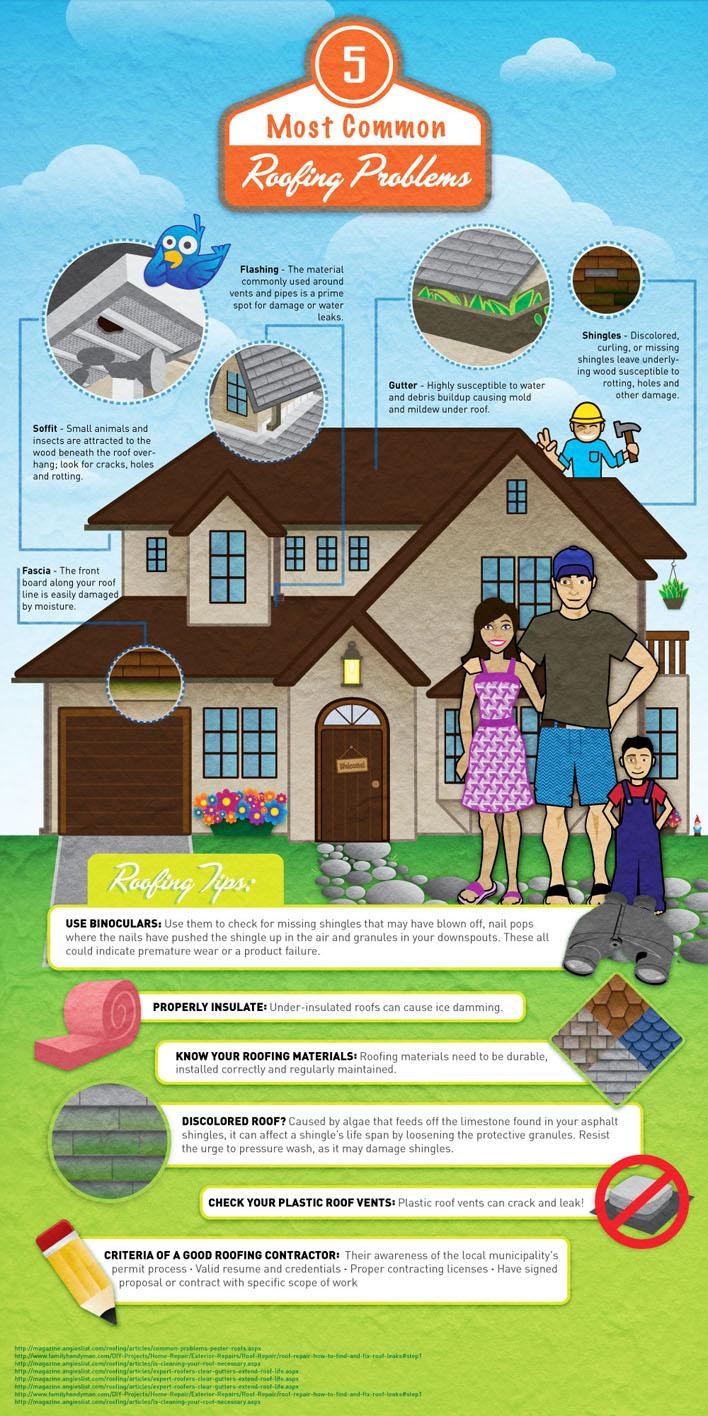Usual Pitfalls In Roofing System Installment And Ways To Avoid Them
Usual Pitfalls In Roofing System Installment And Ways To Avoid Them
Blog Article
Short Article By-Kennedy Mark
When you're intending a roof covering setup, it's very easy to forget vital details that can bring about significant problems down the line. You may be tempted to cut edges on material selection or avoid proper blinking installation, yet these typical blunders can bring about costly repair work later on. Comprehending the significance of air flow and sticking to regional building ordinance is vital for a successful task. So, what are the essential actions you should require to guarantee your roof covering stands the test of time? Allow's check out some effective approaches to avoid these challenges.
Poor Product Option
When it comes to roof covering installment, selecting the incorrect materials can cause costly troubles down the line. You might assume that any kind of roof covering material will certainly do, yet that's a typical misunderstanding. It's important to choose materials that suit your regional climate and the certain requirements of your home.
As an example, if you reside in a location with heavy rain or snow, going with asphalt shingles might not be the very best option. Rather, take into consideration more durable options like steel or slate.
In addition, focus on the top quality of the materials you're considering. Inexpensive products could save you money upfront, but they often do not have longevity and can cause constant fixings or substitutes.
You must likewise consider the design of your home and guarantee the materials you choose will keep its visual allure.
Finally, don't neglect to consult with experts. They can offer useful insights and suggest products that follow local building ordinance.
Investing time in appropriate material selection currently can help you prevent frustrations and costs in the future, making your roof project a success.
Inadequate Flashing Installation
Picking the ideal products isn't the only element that can result in roofing issues; insufficient flashing setup can also develop substantial concerns. Flashing is crucial for directing water far from susceptible locations, such as smokeshafts, skylights, and roof covering valleys. If it's not mounted effectively, you risk water invasion, which can bring about mold and mildew growth and architectural damage.
When you mount blinking, ensure it's the appropriate kind for your roofing's style and the regional climate. For example, steel blinking is frequently a lot more resilient than plastic in areas with hefty rainfall or snow. See to it the blinking overlaps appropriately and is secured tightly to avoid gaps where water can seep through.
You should likewise take note of the installation angle. Flashing must be positioned to route water far from your house, not toward it.
If https://hectorxxvzu.blog-eye.com/34070154/the-importance-of-routine-roofing-system-upkeep-in-preventing-expensive-fixings regarding the installation procedure or the materials required, consult an expert. They can aid identify the best flashing choices and make sure whatever is installed properly, guarding your home from potential water damages.
Taking these steps can conserve you time, cash, and headaches down the road.
Neglecting Ventilation Demands
While many homeowners focus on the aesthetic and structural aspects of roofing system installation, overlooking air flow requirements can cause significant long-lasting consequences. Correct air flow is important for managing temperature and moisture levels in your attic room, protecting against issues like mold growth, wood rot, and ice dams. If you don't mount appropriate ventilation, you're setting your roofing up for failure.
To avoid Source Webpage , initially, assess your home's specific ventilation demands. A balanced system commonly includes both consumption and exhaust vents to promote airflow. Guarantee you have actually installed soffit vents along the eaves and ridge vents at the peak of your roof covering. This combination permits hot air to get away while cooler air goes into, maintaining your attic room comfy.
Also, think about the sort of roof product you've selected. Some products may require added ventilation approaches. Double-check your regional building regulations for air flow guidelines, as they can vary significantly.
Ultimately, don't forget to check your ventilation system regularly. Blockages from debris or insulation can restrain air movement, so keep those vents clear.
Final thought
To conclude, avoiding usual roof installment errors is vital to ensuring your roof's longevity and performance. By picking the best materials for your climate, setting up flashing correctly, and addressing ventilation demands, you can protect against pricey problems in the future. Do not forget to acquaint on your own with neighborhood building codes and schedule routine assessments. With these actions, you'll delight in a safe, resilient roofing system that secures your home for years ahead. Happy roofing!
